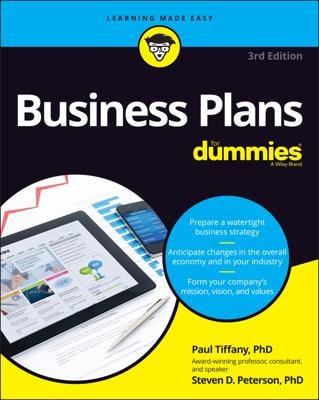The first step in addressing business efficiency is to get an idea of the issues you want to address, and then you have to state what sort of improvement you’re seeking.
Not only does a goal provide context for determining an action plan — the steps to save $1,000 are often far different from the steps to save $100,000 — but it’s also the only way you can know when you finish a project and whether that project was a success.
Although the process for reaching goals may vary, every efficiency-enhancing methodology from Lean to Six Sigma incorporates the same focus on setting goals that are easily understood across the organization.
Define clear efficiency goals
The best goal is one that an objective outsider can immediately understand and, more importantly, evaluate. Even if she has no background in the subject matter, this stranger should be able to clearly say whether the goal was met after hearing the goal and reviewing the associated data points.
Vague or warm and fuzzy ideals, like “create a fun work environment” are good mission statements or company guidelines, but make for lousy goals because there’s no associated objective measure.
If you want to measure fun in the workplace, you’d have to come up with your own metric system (Moh’s Scale of Fun, perhaps?) with data points you can measure, such as employee satisfaction scores on a survey, the number of social events held in a month, the number of attendees at optional social events (assuming that attendance at an optional event indicates employees are enjoying themselves), or pieces of flare.
As you set your goals, make sure you’re consulting functional representatives who can speak to the feasibility of your objectives. For example, you wouldn’t want to set a goal to make the company website load in half the time without talking to someone knowledgeable from IT.
You can and should also explore external resources for vetting your goal’s feasibility — perhaps internal IT support isn’t aware of certain speed-enhancing technologies that a consultant specializing in website enhancements can share.
Types of efficiency goals
Goals are multidimensional, and a variety of goals ensures that you are keeping an eye on the big picture and that a single point of failure does not necessarily stop you from succeeding in multiple other arenas.
Your team may set goals relating to finances, sentiment (employee or customer — or even vendor!), product or service quality, speed of production or response times, employee or customer retention, knowledge gain and transfer, safety, or any other metric relevant to your organization.
Strategies for choosing efficiency projects
You need to set goals before selecting specific projects, because a project is largely defined by what it’s supposed to accomplish. You may also need multiple projects to achieve a set of goals, or often multiple projects to achieve one single goal.
There’s no one-size-fits-all way to choose which project to tackle first. Strategies include picking those that save the most money, are easiest or fastest to complete, solve an obnoxious problem that aggravates employees, or are the hardest to accomplish (with the idea that getting the hard stuff out of the way can provide serious onward momentum for all subsequent work).
You don’t need to tackle every goal all at once. Project selection doubles as a goal prioritizing process. Goals that won’t be addressed this time around get tabled until you have the resources to take on additional projects.

